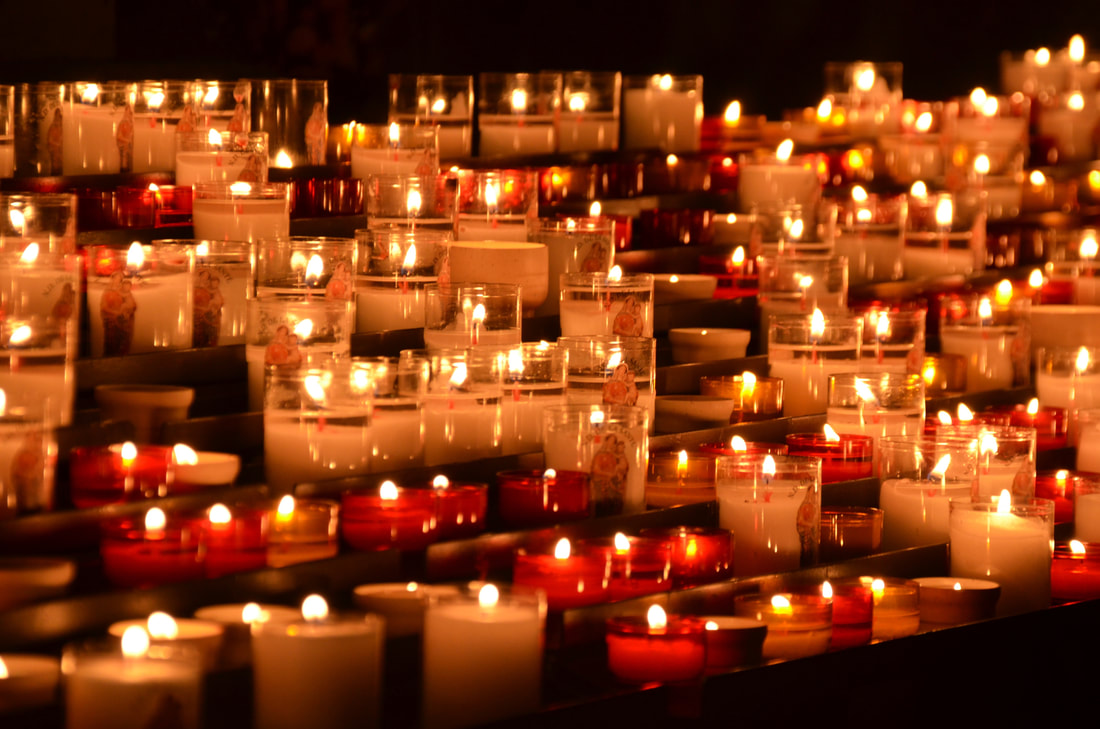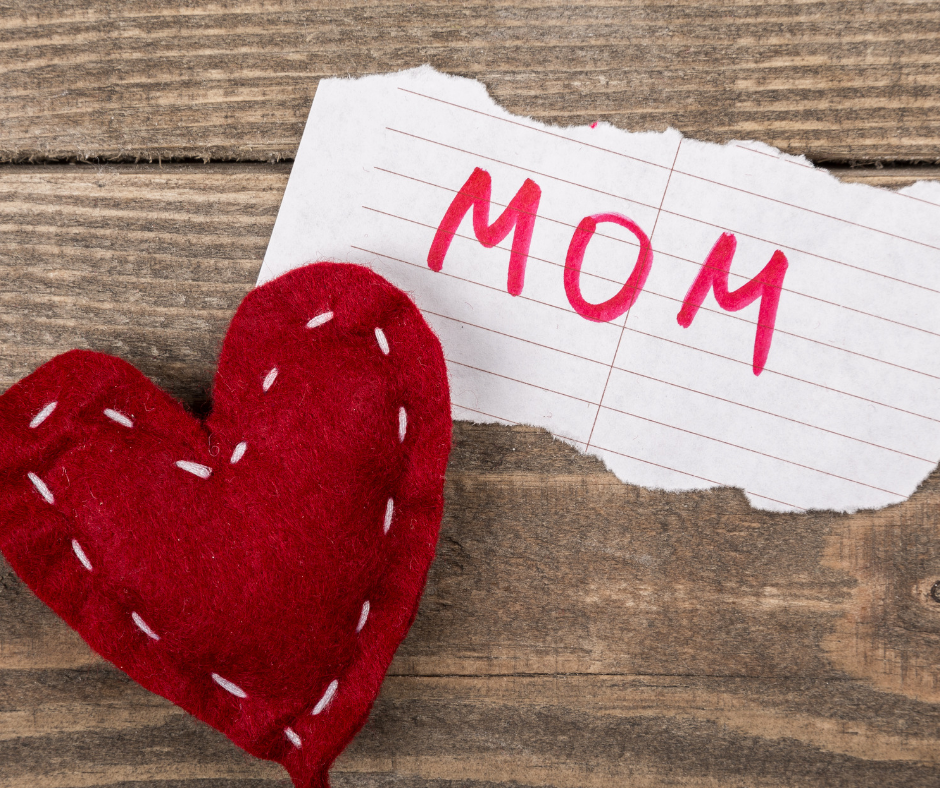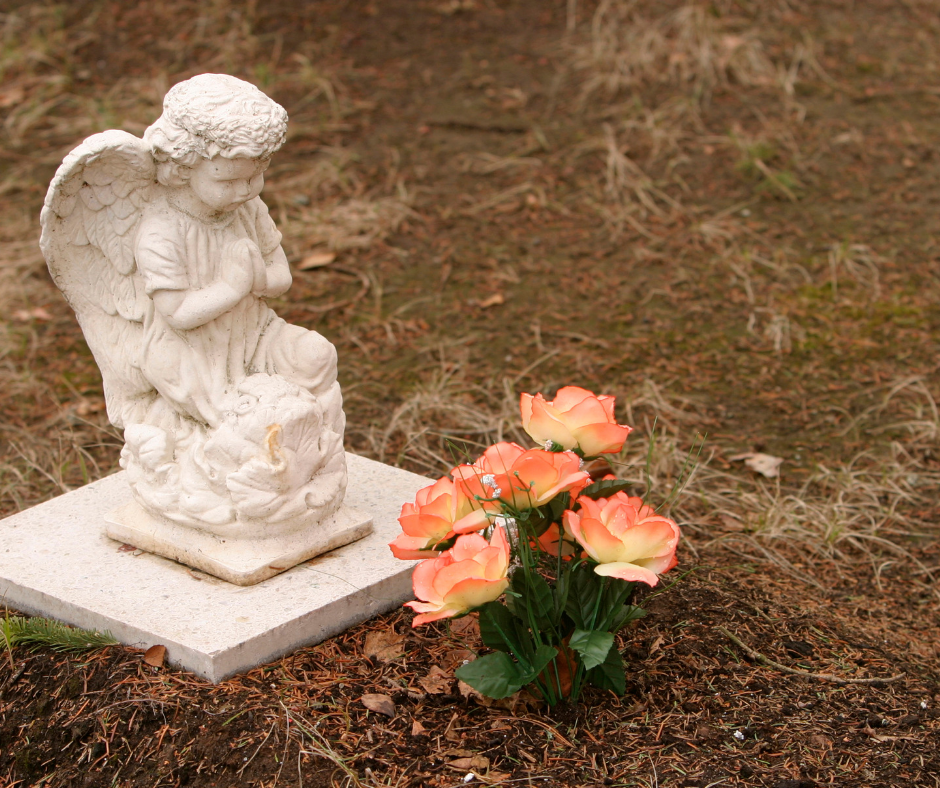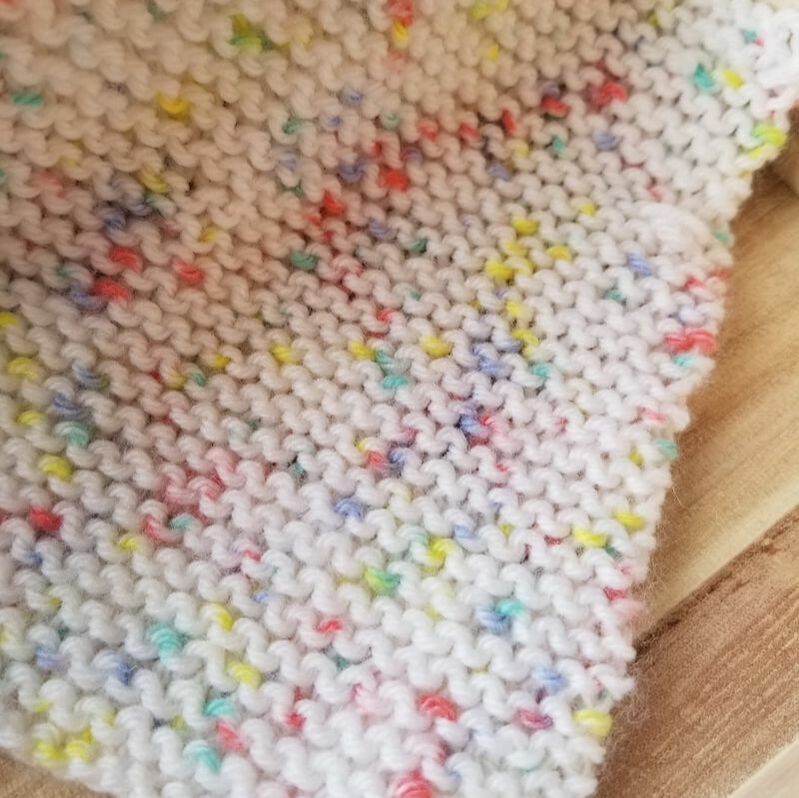|
In part two of our series discussing miscarriage with Nancy Kingma, Emily and Nancy discuss what a mother experiences after a miscarriage, how women grieve differently, healthy ways that mothers can grieve, and misconceptions about grief related to miscarriage.
If you missed part one of our series with Nancy, we invite you to listen as she explains her background, what she's learned over her career about miscarriage, grief, and healing, and cultural trends surrounding miscarriage.
0 Comments
By: Emily Carrington EPLA Founder Nearly five years after my first miscarriage, there aren’t many surprise emotional triggers any more. My emotions are no longer raw and I have learned how to live with my grief. For many of these old triggers, I have actually found healing in one way or another. Some triggers I come to expect and for others, perhaps I have just gone numb. But recently I was caught off guard by a new one: the Facebook birthday tribute from proud mamas to “The One Who Made Me A Mother.” I stopped dead in my tracks. Which child made me a mother? I firmly believe that motherhood starts at the time of conception. A woman with a life inside of her has a biological connection to the developing embryo. She is, simply, it’s mother. But even more than that, before she might even know she is pregnant, her body starts to make the changes necessary to provide for this growing life. Isn’t that what mothers do? They provide for their children so that they might grow. I lost my first baby in April of 2014, having been pregnant for 11 weeks. I had already started the transformation into motherhood. My life changed. I made decisions to support this tiny life inside of me. My heart had never known a love so deep. My body also changed. The morning sickness was unbearable and the exhaustion was oppressive. Every part of me was focused on this little life. Over the next two years I would go on to lose two more children in early pregnancy. As I grieved the lives of my children, I also grieved my motherhood. I believed I was a mother, but there was no one for me to “mother.”
In the spring of 2017 I had a healthy baby girl. Finally, I had someone to mother and parts of my heart started to heal as she filled a deep longing I had for many years. But is she the one who “made me a mother”? She fills the emptiness of my longing arms. She fills my heart in ways I didn’t know possible. She fills my days with all of the joys and trials of motherhood. She fills my time, my brain, my house. She is the one who makes me look like a mother. But she is not the one who created those holes that needed to be filled. That was my first child, Baby, one of the three that I only mothered for a short time. So as my daughter’s 2nd birthday approaches, I will boast of my first born as any proud mama does. And while she will hold many wonderful titles and traits according to her birth order there is one she cannot hold. She is not the one who “made me a mother.” She will have to surrender that honor to her older sibling, Baby. Emily Carrington is the founder of the EPLA and mother to four children. Nancy Kingma has been supporting women, children, and families for more than forty years. She is licensed as both a nurse and a therapist. She is also a National Certified Counselor and has a certification in Holistic Health. In combining these two professions, Nancy motivates and encourages individuals and families to move toward wholeness, health and their ultimate purpose in life.
Nancy's obstetrical background gives her a unique perspective in caring for mothers and families dealing with postpartum depression. Additionally, her 15 years as Bereavement Coordinator at Spectrum Health and Helen DeVos Children's Hospital have established Nancy as a leading expert in grief and loss, particularly with families having experienced the death of an infant of any gestation or a child. On this podcast, Emily asks about Nancy about her background, what she's learned over her career about miscarriage, grief, and healing, and culture trends surrounding miscarriage. By: Maria Servold EPLA Editor After parents lose a child, whether in early pregnancy or not, it is natural for them to want to give their baby a proper burial if they choose. Unfortunately, that dream may not be as easy to realize as the parents may think. The state and local laws surrounding burial can make navigating this issue complicated, as a mother described in a recent post on our blog. The main trouble parents may face when wanting to bury a miscarried baby is the fact that laws concerning burial of babies before a certain gestational age vary from state to state. Additionally, if the baby was miscarried in a hospital, parents may have to navigate regulations when trying to retrieve the baby’s body. First, if you are in a hospital, ask your doctor about the procedures to retrieve your baby's body from the medical staff. Many hospitals also have bereavement coordinators - ask if your hospital does and if they can help you through this process. If you miscarry at home, it is important to preserve the baby’s body if you intend to bury it. A sterile saline solution works well - Heaven’s Gain Ministries offers information and kits for this purpose. Once you have the baby’s body, call a local funeral home. (Some hospitals may help make this connection for you.) Many funeral homes offer free burial urns or caskets for miscarried babies. As part of this process, you may also need to contact whatever local group is in charge of a cemetary in your area. You may need to purchase a burial plot if the cemetary does not have a special plot or mausoleum for miscarried babies.
Heaven’s Gain also offers information about burial rules by state and tips to help you navigate the process. Some states may allow burial of a baby on private property, but others do not - be sure to check with local burial officials if you want to bury a baby in your yard. If you belong to a church, you can ask your pastor or priest to conduct a burial ceremony for the baby. It is natural and right to want to treat a lost baby with the same respect we give all members of our family who die. Do not be afraid or ashamed to ask for support from your church during this time. Burying a miscarried child is something we hope no parent ever has to do, but we hope that if you do end up having to do so, these tips may be helpful. Maria Servold is an Editor at the EPLA, Assistant Director of the Herbert H. Dow II Program in American Journalism, and Lecturer in Journalism at Hillsdale College By: Katie Stockdale How do you begin writing about burying your child? It’s not a subject often discussed because it’s so hard and so personal, but it is necessary. Vulnerability allows us to help each other. So, here it goes. My husband Calvin and I found out about our fifth child when our fourth was only seven months old. It was a shock. (Granted, we are not known for planned pregnancies.) Even though this wasn't how we thought life would go, we wanted this baby, but just like that, it was all over. We lost Anastasius at 10 weeks, found out at 12 weeks, and delivered him at 13 weeks. (I will be using “he” as we do not know the sex.) We buried him two weeks later. The ordinariness of life and death was in stark relief because we had to preserve Anastasius’ body until burial. This required a sterile saline solution, as well as refrigeration, and so our baby ended up nestled in among the leftovers in the fridge. Just like preservation, burial arrangements forced us into a necessary and limited emotional planning process. Because a baby born before 20 weeks is not considered a stillbirth, most states will not issue a death certificate. Parents choose many ways to handle their miscarried babies. Because traditional burial isn't common, this lack of death certificate will confuse both funeral home directors and those who run the cemetery. Check on the laws in your state, but know that when you call those who run the cemetery (in our case we had to call the county clerk) to arrange for burial, you may have to wait for them to confirm that you do have the right to bury your child.
I learned from a friend that funeral homes will provide a free casket for a baby. I called two funeral homes and asked what their policies were for burying a miscarried baby. The first one was very empathetic, and would provide a burial container for free. The second showed less empathy and would provide a burial container at a discounted price. The choice here was clear. If you choose traditional burial, check with the funeral home about burial laws. We were required to use an airtight and watertight container. Thankfully this was provided. The funeral home can either place the baby in it for you, or you can take the container home and do it yourselves. The burial day was a cold March day. I placed Anastasius in the burial container, safely nestled in a muslin swaddle blanket. To bury him in the blanket was a way for me to take care of him. We had our goodbyes, took our last pictures, Calvin sealed him in, and we left for the cemetery. The sexton met us there along with my parents and our pastor. Irrationally, I expected a large hole in the ground, but instead a small, square hole awaited us. This was shocking. It made the unnaturalness of burying a child all the more real. After Pastor delivered a fitting and brief message, Calvin and I placed Anastasius in the grave. Our eldest son, Timmy, helped Calvin return the dirt to its rightful place. The sexton finished the process, and we left. The burial process wasn't straightforward, but it certainly was worth the effort. For us it provided needed closure, and I felt that my child was protected and safe in a beautiful graveyard. If you must walk this path, do not be afraid or embarrassed to enlist the help of those around you to help do the planning. You are not meant to walk through this alone. By: Kathryn Wales When my husband and I suffered the loss of our second child at sixteen weeks, we had never heard a story of miscarriage. We did not know what to expect. One day I felt the first quickening flutters, and the next day we heard no heartbeat. Because we would be traveling to see our families for Christmas the following week, induction rather than waiting seemed to be the better choice. My husband and I arranged for my two-year-old son to stay with friends, settled in at the hospital, and clung to each other through the storm. After eleven hours, I was holding my daughter in the palm of my hand. Her shining red face looked like us. In the midst of that excruciating grief, a nurse told me that the local funeral home was ready to help. My beloved mother-in-law several states away had been preparing for us what would be a life-changing grace. She had called Cedar Grove Cemetery at the University of Notre Dame (where my husband was a in grad school) and learned that they had recently begun allowing students to bury their deceased children as a special privilege. My in-laws then gifted us with the burial plot and headstone. All of this was ahead, however, because we had decided to have genetic testing done to determine the cause of death, and that process would be delayed through the holiday vacation. Our daughter’s remains stayed in the care of Palmer Funeral Home, which performs all services for miscarried babies free of charge. The Palmer family had suffered many losses themselves and so offered this as an act of mercy—such mercy. After spending Christmas with our families on the east coast, we returned home to bury our child. A priest friend of ours performed the ceremony with only ourselves and our toddler present. Palmer had provided a white ceramic coffin on which we placed a peacock feather as a symbol of the resurrection of the body and a holy card of our daughter’s namesake. We sang as we huddled in the snowy cold. Later, a rose-colored headstone was placed there. It reads Theodora Nicodemus Wales, 2011. My family has moved away but not too far. Whenever one or all of us are in town, we visit and pray. We show our three sons and remind them that they have a sister who someday they will meet. We know that she intercedes for us, and especially me. In the year following our loss, three of my friends suffered the same sadness. They buried their babies alongside mine. I recently learned that Cedar Grove Cemetery now holds a poinsettia/wreath fundraiser each Christmas to cover all burial expenses including headstones for Notre Dame families who lose children. It is my sincere hope that more opportunities like this will become available for families who miscarry all over the country. Knowing where my daughter’s remains are kept and with what care is a consolation beyond words.
By: Nick Carrington EPLA Editor
In the traumatic aftermath of a miscarriage, parents must make numerous difficult decisions. They have just lost a child, a son or daughter dear to their heart if not held alive in their hands. Many families want to honor their child by burying him or her. Unfortunately, parents are often unfamiliar with how to go about burying a miscarried child as in most states there limited guidelines for miscarried remains. The EPLA provides small boxes as part of our miscarriage supply kit, but alone, we can do only so much. We would like to highlight other organizations that provide important information and resources that help families affirm the dignity of their child through burial. One place families can start is with a local funeral home. Many funeral homes have information about the burial process and they will know what steps to take next if a cemetery burial is desired by the family. Heaven’s Gain Heaven’s Gain “specializes in providing services and products for families suffering the loss of a child through miscarriage, stillbirth, or infant death.” Their website also has information on how to move forward with a burial. They offer a family advisor after a family loses a child with the following services:
Elizabeth Ministries Elizabeth Ministries seeks to honor all life including children lost to miscarriage. A Catholic ministry, they have services geared toward churches but also provide several burial vessels and bereavement kits. They also have a burial gown that appears to be free. Parents or loved one may also be interested in the prayer cards that Elizabeth Ministries produces. These prayers may be read at a burial service for a little one and kept as a reminder of the child. Elizabeth Ministries also offers coins and jewelry of remembrance that parents might want to either bury with the child or keep in honor of him or her. Samuel’s Lullaby Samuel’s Lullaby was started by April Newell after she lost her son, Samuel, late in pregnancy. Another woman in close proximity experienced a loss around the same time, and April decided to comfort her through a gift basket. She has now created baskets for families in over 20 states. These baskets are free, though you may provide a donation to help keep them that way. Gifts after a death are common at burial services, and loved ones may consider these baskets as a way to comfort the family and honor the child. Local Ministries and Organizations Local ministries and organizations sometimes have resources available for families who have miscarried. For example, Treasures in Our Hearts, a Catholic ministry in Michigan, will have a burial for your child at no cost with garments and a burial box. A religious leader of your choosing will reside over a customized service at your request. You may want to check with your local funeral home, church, or non-profit to see about burial supplies, services, and other accommodations. They may be able to help you decide how you want to honor your baby through burial. Burying a Child Burying a child is never easy. These organizations may make the process a little easier by answering your questions and by providing the necessary resources and accommodations. For loved ones, consider making a special effort to attend a burial service of a miscarried child if the parents invite you. They need to know that other people loved their child and want to honor him or her. It’s one way we can all share the grief of losing a child in the womb. Nick Carrington is an Editor for the EPLA and Assistant Professor of Professional Writing at Cedarville University. |
Archives
December 2023
Categories
All
|






 RSS Feed
RSS Feed